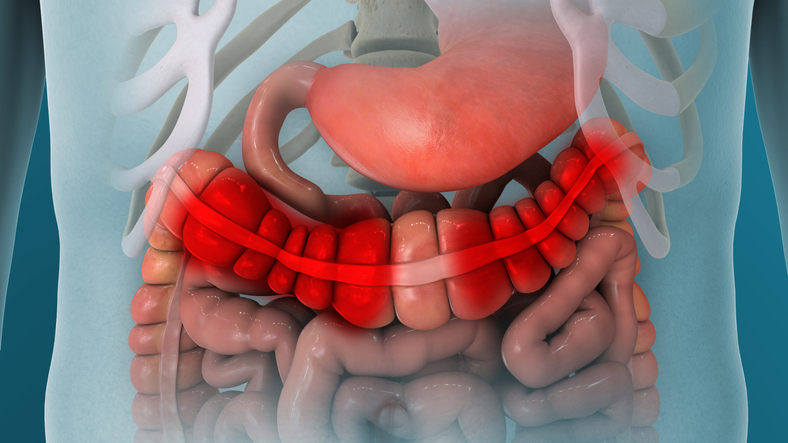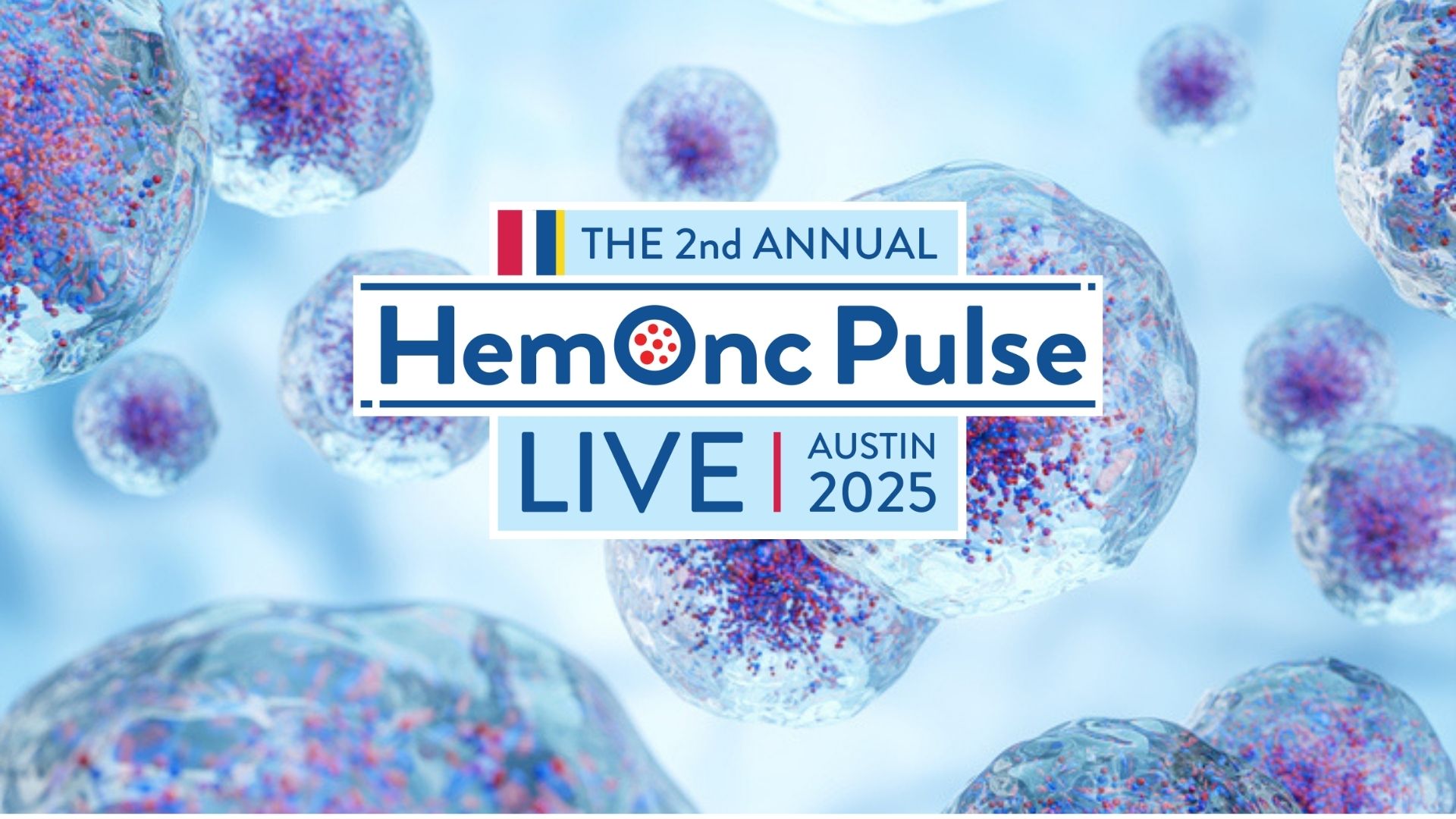
Inotuzumab ozogamicin induction followed by blinatumomab consolidation is a “highly active, tolerable therapy” for older patients with newly diagnosed Philadelphia chromosome-negative (Ph-negative) CD22-positive B-lineage acute lymphoblastic leukemia (ALL), according to a recent study.
Matthew Wieduwilt, MD, of the Atrium Health Wake Forest Baptist Comprehensive Cancer Center, and colleagues presented results from the ALLIANCE A041703 trial during the 2023 European Hematology Association Congress.
They conducted the study to estimate the one-year event-free survival (EFS) in older patients with newly diagnosed Ph-negative B-lineage ALL who received sequential inotuzumab ozogamicin induction followed by blinatumomab consolidation.
The study included 33 patients who were at least 60 years old who did not have a plan to undergo allogeneic hemopoietic stem cell transplant at registration. The study excluded patients who had central nervous system (CNS) leukemia or liver disease. The median patient age was 71 years. The median CD22 expression was 92%. Of the 33 patients, eight had therapy-related ALL.
Patients received inotuzumab ozogamicin 0.8 mg/m2 on day one of induction, followed by a dose of 0.5 mg/m2 on days eight 15 on a 21-day cycle. Patients who had adequate cytoreduction and were in complete remission (CR) or CR with incomplete hematologic recovery (CRi) then received inotuzumab ozogamicin 0.5 mg/m2 on days one, eight, and 15 of a 28-day cycle.
Patients who had adequate cytoreduction but were not in CR or Cri received inotuzumab ozogamicin 0.8 mg/m2 on days one, eight, and 15 of a 28-day cycle. Patients who did not have cytoreduction proceeded directly to blinatumomab treatment.
Patients who did not have events during induction therapy received blinatumomab 9 mcg daily for seven days, followed by 28 mcg daily for 21 days. Patients then had a 14-day break before receiving blinatumomab 28 mcg daily for 28 days. Patients who had a CR or CRi received two more 28-day cycles of blinatumomab, while others received three more 28-day cycles of blinatumomab. Patients received CNS prophylaxis with eight doses of methotrexate 15 mg.
The cumulative CR rate was 85% through induction and 97% through blinatumomab. The one-year EFS rate was 75% (95% CI, 61-92) with a median follow-up of 22 months. The two-sided 90% CI was 63% to 93% for one-year EFS, with the lower bound above 10% “indicating regimen success,” according to the study’s authors. The one-year overall survival rate was 84% (95% CI, 72-98).
The researchers reported a total of 12 events, including nine relapses, two deaths in remission, and one death in a patient who was not in remission due to respiratory failure with reported sinusoidal occlusion syndrome of the liver. A total of nine patients died, including six who died after relapse.
The most common grade 3 or higher adverse events (AEs) were neutropenia, occurring in 88%; thrombocytopenia, in 73%; and anemia in 42%. Other common grade 3 or higher AEs were leukopenia, occurring in 39%; lymphopenia in 27%; febrile neutropenia in 21%; and encephalopathy in 12%.
“[Inotuzumab ozogamicin] induction then blinatumomab consolidation is highly active, tolerable therapy for [newly diagnosed], Ph-[negative], CD22-[positive] B-lineage ALL with durable remissions in the majority of [patients],” Dr. Wieduwilt and colleagues concluded. “The regimen may be considered for older adults with [newly diagnosed], Ph-[negative], CD22-[positive] B-lineage ALL and a comparator regimen for future studies.”
Reference
Wieduwilt M, Yin J, Kour O, et al. Chemotherapy-free treatment with inotuzumab ozogamicin and blinatumomab for older adults with newly-diagnosed, Ph-negative, CD22-positive, B-cell acute lymphoblastic leukemia: ALLIANCE A041703. Abstract #S117. Presented at the 2023 European Hematology Association Congress. June 8-15, 2023; Frankfurt, Germany.






 © 2025 Mashup Media, LLC, a Formedics Property. All Rights Reserved.
© 2025 Mashup Media, LLC, a Formedics Property. All Rights Reserved.